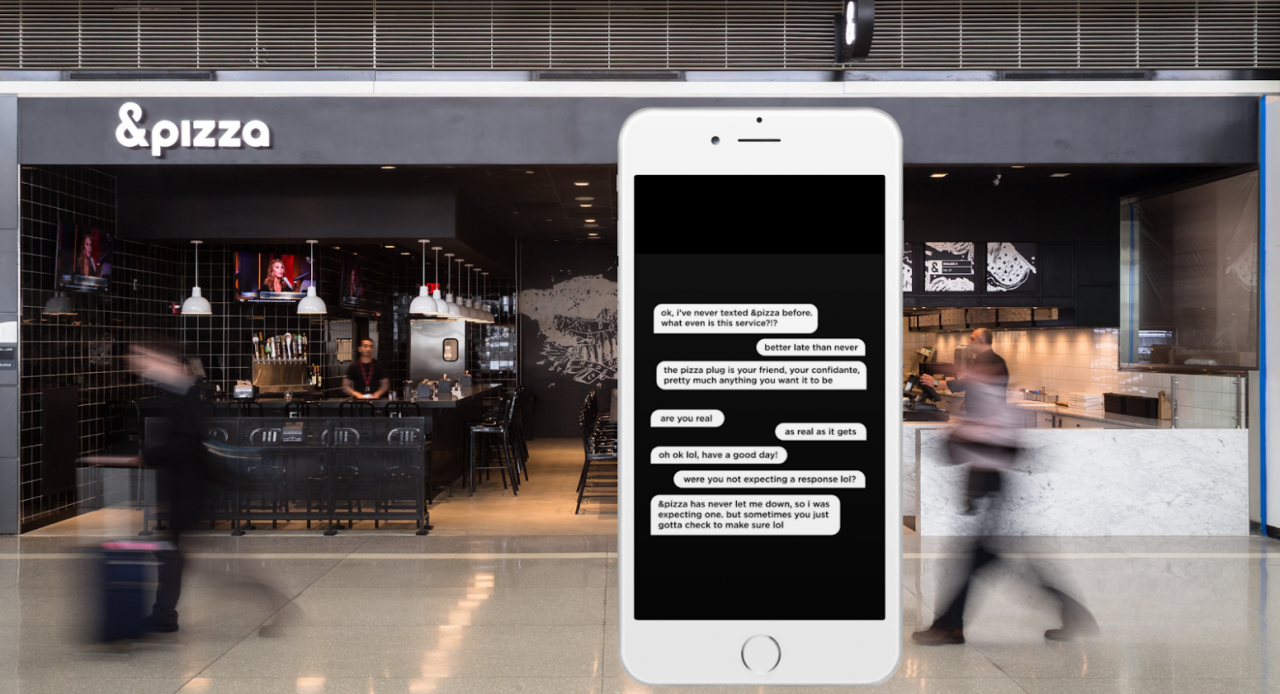
“A great experience comes easily!” …said no one ever. Especially not these days. Creating and managing customer experiences (CXs) that delight and make people spend more time (and money) with a brand is no small feat. And the stakes are only getting higher.
CX leaders, CMOs, CIOs and CEOs (…pretty much all the C’s) seem to unanimously agree. That was my takeaway after spending two days with around 600 of them at CXNYC, one the world’s largest Customer Experience gatherings, in New York City.
Brands around the world are increasingly trying to build their reputation and appeal to consumers with the promise of a great experience. It’s no secret that people care deeply about the quality of interactions they have. More important, people translate the quality of their experience almost linearly to their desire to open up hearts and wallets for the brands that create the most functional and emotional value for them. In fact, 86% of buyers would pay more for a better experience, and a whopping 89% began doing business with a competitor following a poor experience.
If the significance of a stellar CX is clear and everyone agrees that it should be on top of every business leader’s agenda, then why are some of the world’s most reputable companies not making great strides in improving it? According to Forrester’s Customer Experience Index, which has scored the performance of 260 brands for the past ten years, an astounding 81% of them stagnated and 5% even declined last year.
There are three observations I made during those two days in the Big Apple that help explain why that’s the case – and point to what you can do to avoid the ‘Triple Ex…Threat’.
First: No one really thinks in categories anymore
We’ve established that customer expectations are rising every year. That, in itself, is no surprise. People have a tendency to expect more as they live and learn. But it’s worth pointing out that those expectations are not being shaped within a specific category. Let me give you an example. Imagine you’re the Chief Experience Officer at a retail bank. Would you be worried if your main competitor decided to extend hours on a Saturday until 10pm? Maybe you should be. But think again. Your customers aren’t really benchmarking you against only your peers. They’re benchmarking you against whatever they believe seems possible. Those expectations are often driven by out-of-category players. The thought that runs through your customer’s mind is: “If my local pharmacy or nearby gym are open 24 hours, then why can’t my local bank be?” Don’t believe me? Then dive a little deeper into the ‘why’ behind decreasing scores in your next Net Promotor Score (NPS) report.
Smaller, nimbler disruptors are designing, building and launching better experiences – faster. Especially direct to consumer (D2C) brands.
For example, Lemonade, a young and hip insurance company, has reinvented the customer experience in one of the world’s most hated categories. It’s easy, it’s digital, it’s fast. It speaks to you like a real human being. This will, without a doubt, raise the bar for traditional insurance players. I’m pretty sure a Lemonade customer will now also expect more from their healthcare provider. After all, if Lemonade can take the user experience from complex to simple, then why can’t our healthcare insurance do the same?
The reason why this presents challenges for Fortune 500 companies is relatively straightforward. It takes established brands with existing structures and processes much longer to adapt, implement and scale similar experiences. That is, it takes too long. Some of the brands in most need of a better customer experience are often simply not fast enough. They waste time and resources on improving things customers don’t actually care all that much about.
“Brands often lack both the quantitative and qualitative customer data needed to know where to focus their efforts. Often the data they’re missing is about the underlying drivers of a good experience. As a result, they work on initiatives that are ‘nice to have’ instead of initiatives that could move the needle.”
– Harley Manning, VP at Forrester, explaining one of the key headwinds for large companies
Some industries have handled rising expectations better than others. Take financial institutions, for example. They’ve gotten slammed in the past for providing what some may refer to as the most infuriating and clunky experience out there. Now, players like USAA and Chase claim top spots in the 2019 CX Index. What did they do to flip the experience coin on its head? They took on the challenge that disruptors like Acorns, Mint, or Ally Bank confronted them with: the notion that a simple, no-nonsense, customer-centric experience was indeed possible.
Harley Manning confirms this vehemently: “About half of the elite brands in the CX Index (that’s the top 5% of brands across all industries) are financial services brands.”
Second: It’s technology and (not or) humans
Whenever you open your news feed these days, there is an increasingly-loud call for AI and automation. Seemingly contradictory to that, people are simultaneously calling for more human experiences. What to make of that? As with everything in life, it’s about the right balance.
“Do the research to understand what experiences drive customer loyalty for your customers for any given point along the customer journey. AI is better at creating economic and functional benefits – while human interaction still sets the bar for emotional value.”
– Harley Manning, VP at Forrester
I could not agree more. There is no (nor should there be) categorical “yes” or “no” answer to the question of whether advanced technology should be part of CX design. Of course it should be. But, sometimes, a customer might want a certain interaction to be automated, while another customer might prefer that same interaction to be a human one. The key is to identify the moments that matter most to your most valuable customers – and then make an informed decision of whether to streamline certain touchpoints or customize them. “How?” you might ask. That’s why an ROI analysis was invented, one might answer.
Take, for example, &Pizza. The purpose-driven restaurant chain is emphasizing genuine, human interactions in stores. Employees are referred to as ‘tribe members’ and empowered (and encouraged) to start real conversations with customers, all with the intention of fostering a sense of community. At the same time, all customer service channels have been collapsed into text messaging. No hotline, no email, no chat – just texting. The combination of deep human interaction and real-time, tech-driven communication seems to seal the deal – the brand is rapidly expanding.
Third: The rise of values-based CX
Last, but not least, a great Customer Experience is not solely (or primarily) measured by its ability to provide functional benefits. For example, making things simpler, faster, more convenient, etc. Younger generations, in particular, expect a brand to deliver an experience that is a clear expression of the values the company claims to represent.
Here’s what that means in practice. By now, we’re probably all aware that people care about the social stance a brand takes. The purpose it articulates needs to be more than just lip service. It needs to be baked into its everyday behavior and the interactions it creates for people.
Take Patagonia. The brand sells activewear – and could keep their experience pretty pleasant, simply by designing beautiful stores, a delightful online user experience, simple return policies and so on. Instead, they have chosen to build a values-driven Customer Experience that goes far beyond these basics. That’s why the self-proclaimed “Activist Company” created Patagonia Action Works, a participatory experience that allows customers to take action on important environmental issues and become activists themselves.
Sometimes, designing a values-based Customer Experience comes more easily to the many nascent, purpose-led brands that keep popping up. It’s easier because it’s part of their DNA. Large companies sometimes confine values-based experiences to their Corporate Social Responsibility (CSR) departments or their employee volunteer programs. This can be a miss, especially if you’re a company that caters and speaks to a generation of socially-conscious consumers.
So what?
If you want to get ahead of the game and become a CX innovator, as opposed to being a CX laggard, then make sure you do the following:
- Broaden your understanding of what a “best-in-class” experience looks like beyond your immediate peers. Seek inspiration from the brands who do it best, no matter the category.
- Critically think about how to balance technology with human interaction and design an experience that works – not one that merely mirrors the latest hype.
- Explore what your organization cares deeply about and then allow people to participate in those values by injecting them into the CX.
That’s not the be-all-end-all, but it’s a solid starting point to turn the ‘Triple Ex…Threat’ into a ‘Triple Ex…Opportunity’.
Image sources: Lemonade, &Pizza, Patagonia


